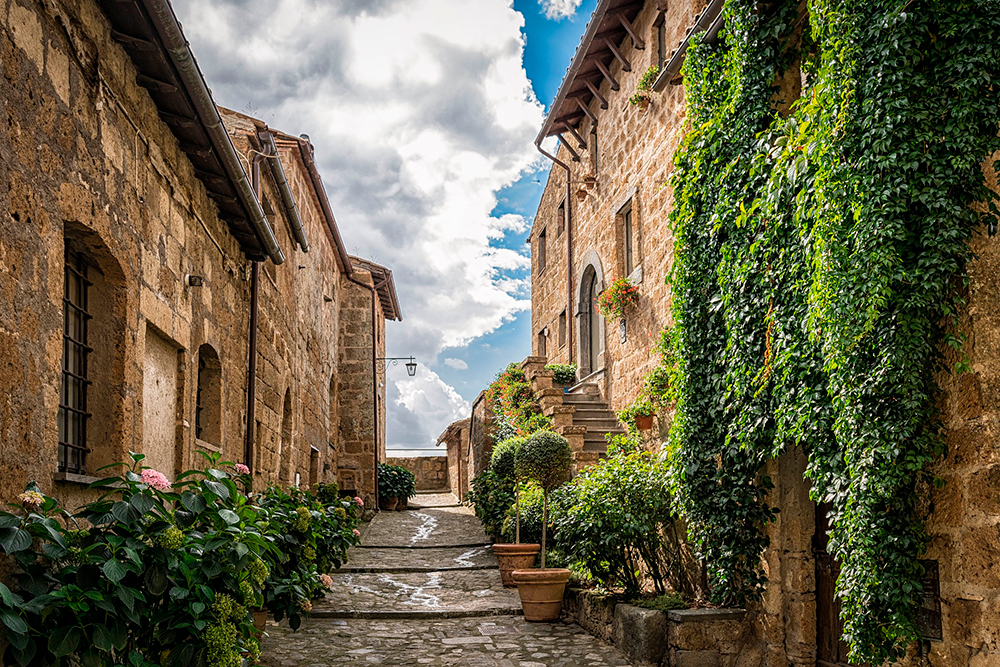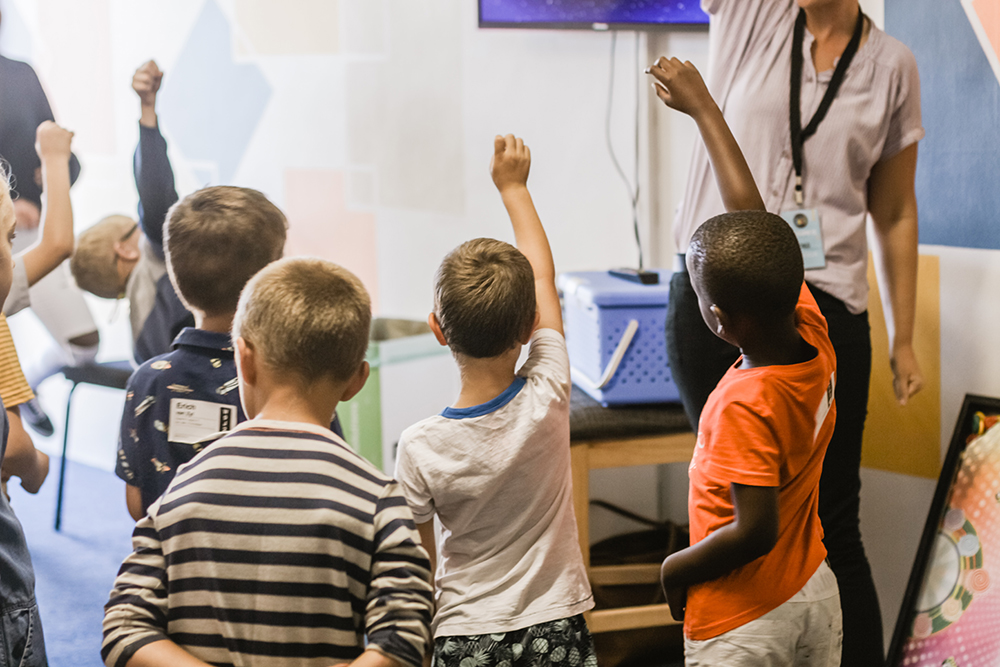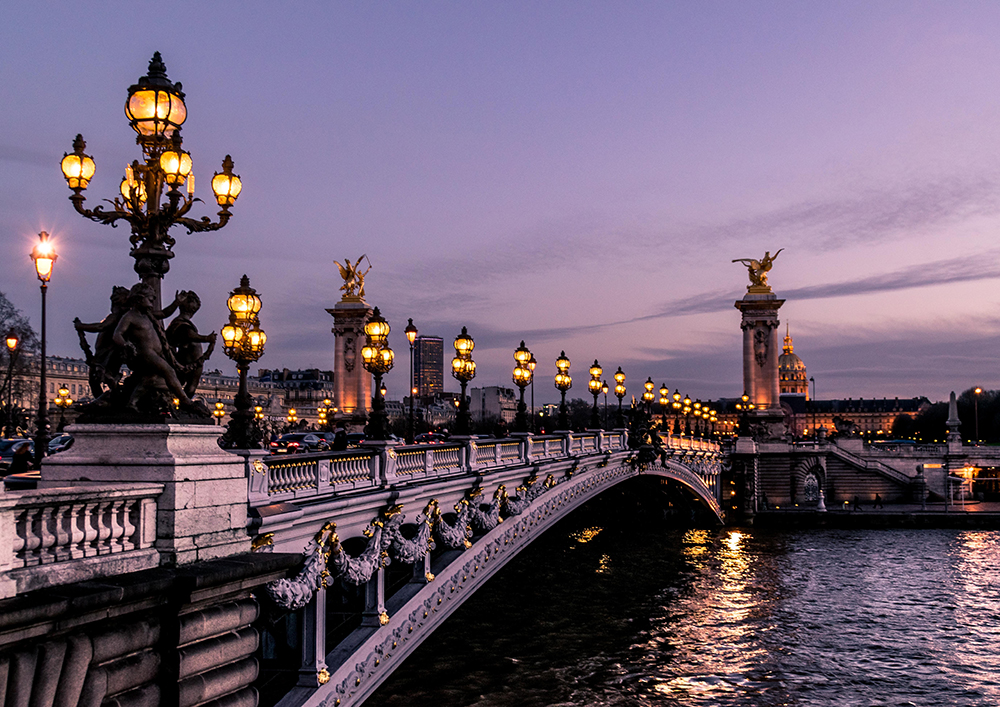
Fears of an uncontrollable winter wave of coronavirus infections have prompted a growing number of European governments to close schools, breaking with a previous consensus that face-to-face teaching must be maintained.
The UK, Ireland, Germany, Denmark and some northern Italian regions have all ordered schools to shut for several weeks to try to contain infections, in some cases on the back of extended Christmas holidays.
The shifting European consensus has been driven in part by concern over new, more transmissible coronavirus strains, which have been linked to soaring infection rates in some countries.
“We know how important it is for parents to have to look afterchildren and how important learning is for children . . . and how important educational qualifications are in our country,” said Markus Söder, prime minister of Bavaria, on Tuesday after Germany said its schools would remain closed until at least the end of January. It was a “difficult decision”, Mr Söder said.
European countries largely kept schools open last autumn even as they imposed a second lockdown, shutting bars, restaurants, leisure venues and non-essential shops. It was a stark contrast with the first lockdown in the spring when many switched to remote learning despite warnings from teachers and experts that it would exacerbate educational inequalities and cause psychological and even nutritional harm.
The comparatively consistent European commitment to keeping schools open had also stood in contrast to the US, where a debate about whether to reopen or keep schools closed raged all year in school districts across the country.
British schools were closed from January 5, with learning moving online for at least six weeks © Gareth Copley/Getty Images
This week’s shift was particularly abrupt in England, where as recently as Sunday prime minister Boris Johnson had doggedly insisted schools were safe, appearing on television to urge parents to send their children to class. A day later, after some primary school pupils had returned for the first day of term, Mr Johnson closed all schools in England until at least mid-February.
Mr Johnson took the decision following findings from the UK government’s scientific advisers on December 22 that a new more transmissible coronavirus variant meant it was “highly unlikely” the so-called reproduction rate of the virus could remain below one without closing primary and secondary schools.
Data gathered worldwide last year suggested that schools had not become infection hotspots, although older children were more likely to spread the virus than younger pupils. However, anecdotal evidence from teachers, teacher unions and parents suggested a rapid spread in British schools at the end of the year.
Tiziana Leone, a global health expert at the London School of Economics, said the virus spread like “wildfire” among at least 13 children in her daughters’ infant school class in London, and to all their families, some of whom became seriously ill.
“The messaging that schools are open and children do not get sick means people don’t understand the real danger for children — that they are massive vectors,” she said.
An Imperial College London paper published last month found the new variant of coronavirus, known as B. 1.17, was most prevalent among the under-20s, but was spreading quickly to other age groups.
However, scientists have said there is no evidence that the new variant spreads more easily among children than other age cohorts. B.1.1.7 is however more contagious in every setting where people meet and during late autumn English schools were open but many other social settings were closed.
New York mayor Bill de Blasio greets students as they arrive for classes in September. A debate over closures has raged throughout the pandemic and at present schools in the city are open. © John Minchillo/AP
The changing consensus in Europe may reignite arguments in the US, especially in New York City, where the public school system — the nation’s largest, with more than 1m students — has been the subject of a tug of war between parents, teachers and politicians throughout the pandemic.
In recent weeks, elected officials have come down on the side of keeping schools open, if at all possible.
“It’s literally the safest place in New York City,” said Mayor Bill de Blasio.
Yet officials’ determination may be tested by a soaring caseload throughout the city, with teachers’ unions again complaining their members’ safety is being put at risk.
Many parents reacted with outrage when schools were temporarily shut in November because infection rates hit a threshold set with the union. Adding to their fury, bars and restaurants were allowed to continue to offer limited, indoor dining even though they were found to be a much greater source of spread.
In much of Europe, bars and restaurants had already been shut for weeks leaving schools as one of the few remaining transmission routes.
“While all the scientific and public health evidence shows [schools] remain safe environments, the spread of the virus has got to the point where we have to stop as much mobility as we can,” Irish premier Micheál Martin said on Wednesday.
German chancellor Angela Merkel said closing schools would be a “big challenge” for parents and pupils. “We were forced to do it, so as not to lose sight of our goal.”

 Subscribe to The Daily Telegraph to get unrestricted digital access, home paper delivery, Apps for iPad and Android, member only +Rewards and much more…
Subscribe to The Daily Telegraph to get unrestricted digital access, home paper delivery, Apps for iPad and Android, member only +Rewards and much more…  Do you compost or buy second hand?
Do you compost or buy second hand?  The Newsreader review: Exhilirating Australian prestige drama
The Newsreader review: Exhilirating Australian prestige drama  Local shares fell on Friday as investors make last-minute adjustments to their portfolios ahead of the main index’s rebalancing, while unease over rising infections grows.
Local shares fell on Friday as investors make last-minute adjustments to their portfolios ahead of the main index’s rebalancing, while unease over rising infections grows. 


